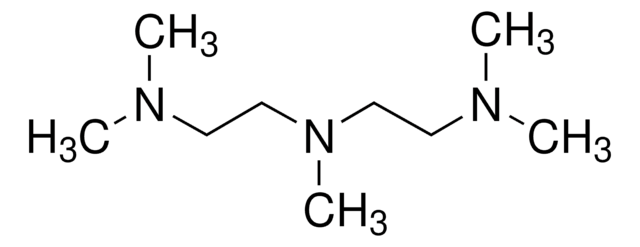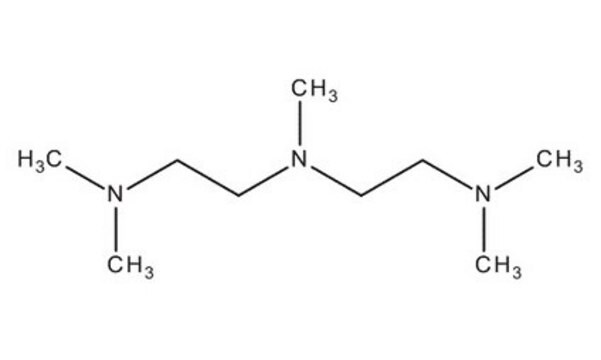212865
Copper(I) bromide
98%
Synonym(s):
Cuprous bromide
About This Item
Recommended Products
Quality Level
assay
98%
form
solid
reaction suitability
reaction type: click chemistry
reagent type: catalyst
core: copper
mp
504 °C (lit.)
density
4.71 g/mL at 25 °C (lit.)
SMILES string
[Cu]Br
InChI
1S/BrH.Cu/h1H;/q;+1/p-1
InChI key
NKNDPYCGAZPOFS-UHFFFAOYSA-M
Looking for similar products? Visit Product Comparison Guide
Application
- enantioenriched, functionalized and protected propargylamines
- polyvinylchloride bearing benzoxazine side groups
- polybutadiene having benzoxazine side-groups (PB-benzoxazine)
- mononuclear complexes [Cu(L)(PPh3)2Br]
- Copper(I) bromide along with N-(n-octyl)-2-pyridylmethanimine participates in the living-radical polymerization of methyl methacrylate.
signalword
Danger
Hazard Classifications
Acute Tox. 4 Dermal - Acute Tox. 4 Oral - Aquatic Acute 1 - Aquatic Chronic 1 - Eye Dam. 1 - Skin Irrit. 2
Storage Class
11 - Combustible Solids
wgk_germany
WGK 3
flash_point_f
Not applicable
flash_point_c
Not applicable
Choose from one of the most recent versions:
Certificates of Analysis (COA)
Don't see the Right Version?
If you require a particular version, you can look up a specific certificate by the Lot or Batch number.
Already Own This Product?
Find documentation for the products that you have recently purchased in the Document Library.
Customers Also Viewed
Our team of scientists has experience in all areas of research including Life Science, Material Science, Chemical Synthesis, Chromatography, Analytical and many others.
Contact Technical Service












![Tris[2-(dimethylamino)ethyl]amine 97%](/deepweb/assets/sigmaaldrich/product/structures/695/792/ee0ff167-22a3-43a7-83a1-6c4908adf0ae/640/ee0ff167-22a3-43a7-83a1-6c4908adf0ae.png)
